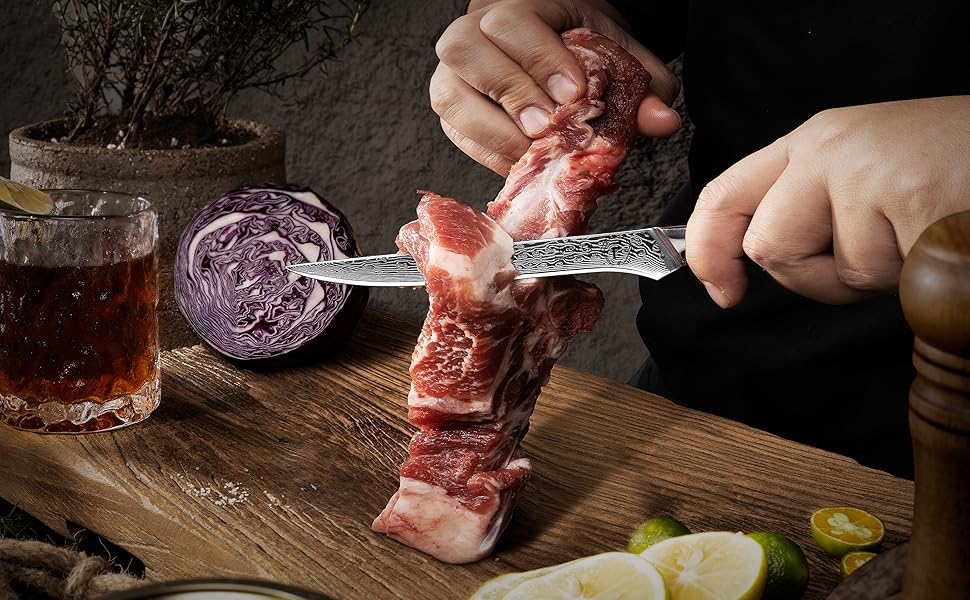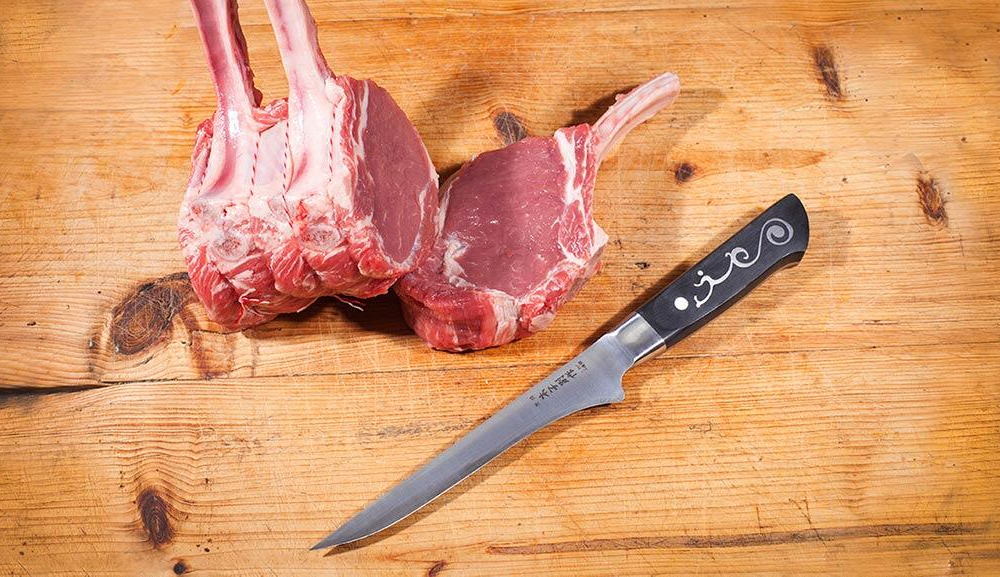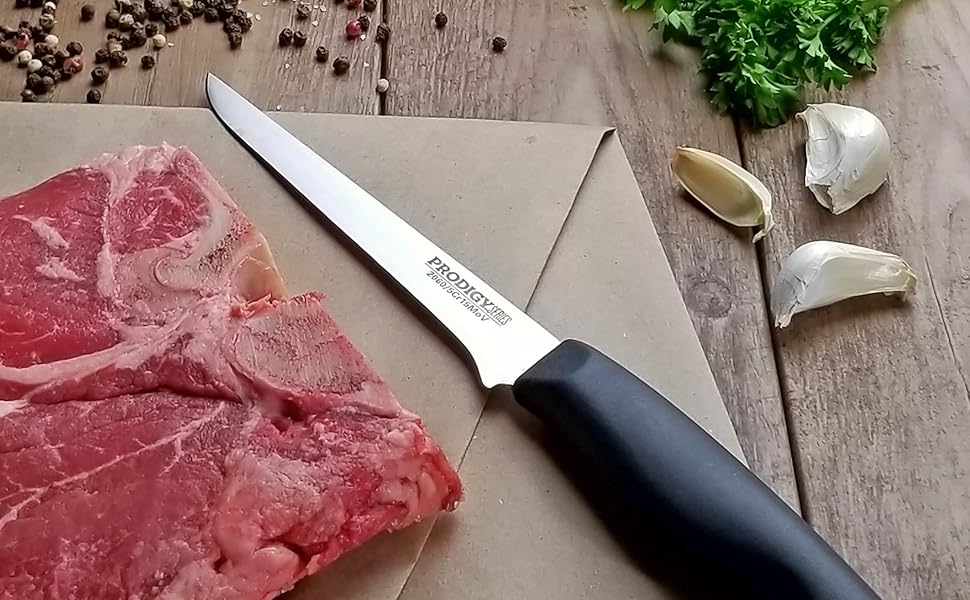Boning a pork shoulder might seem like a daunting task, but with the right techniques and tools, anyone can master it. Whether you’re a seasoned chef or a home cook, understanding how to bone a pork shoulder can enhance your culinary skills and broaden your range of cooking possibilities. In this guide, we’ll walk you through each step, ensuring you have the knowledge and confidence to tackle this process.

Understanding the Pork Shoulder
The pork shoulder is a versatile cut of meat, favored for its flavor and tenderness. It is typically used for making pulled pork, carnitas, or roasting. However, to fully utilize this cut, you need to know how to bone it efficiently.
Tools You Will Need
Before we dive into the process, it’s crucial to gather the right tools. A sharp boning knife is essential, preferably one designed for precision and maneuverability. You can learn more about the benefits of using a boning knife on our website.
Additional Equipment
- Cutting board
- Kitchen towels
- Bowl for scraps
Step-by-Step Boning Process
Step 1: Preparation
Start by placing the pork shoulder on a stable cutting board. Use a dry kitchen towel to keep the meat from slipping. Ensure your knife is sharp for clean cuts.
Step 2: Identifying the Bone
Identify the bone’s location by feeling for the hard surface beneath the meat. This will guide your cuts.
Step 3: Making the Initial Incision
Using your boning knife, make a slight incision along the bone’s length. This initial cut helps you see the bone and plan your next steps. Discover more about boning techniques for better results.
Step 4: Follow the Bone
Carefully cut along the bone, keeping your knife as close to it as possible. This precision prevents meat wastage and ensures a cleaner cut.
Step 5: Removing the Bone
Once you’ve cut around the bone, gently pull it away from the meat. Use the knife to sever any remaining connective tissues.
Finishing Touches
Trimming Excess Fat
Trim any excess fat or sinew from the meat for a more refined cut. This step enhances the meat’s flavor and presentation.
Storing the Boned Pork Shoulder
If you’re not using the pork shoulder immediately, wrap it in plastic and refrigerate. Proper storage ensures freshness and flavor retention.
Why Bone a Pork Shoulder?
Boning a pork shoulder offers numerous advantages. It allows for more even cooking, better flavor absorption, and versatility in recipe preparation. Learn more about its benefits by visiting this informative external source.
Common Mistakes to Avoid
Using a Dull Knife
A dull knife can lead to uneven cuts and increased risk of injury. Always ensure your knife is sharp before starting.
Neglecting Safety Precautions
Ensure that you’re using a stable surface and have a firm grip on your knife to prevent accidents.

FAQs
What is the best knife for boning a pork shoulder?
A sharp, flexible boning knife is ideal for this task. You can explore options on boning knives.
Can I use other knives?
While it’s possible to use other knives, a boning knife is specifically designed for precision and ease.
How long does it take to bone a pork shoulder?
With practice, it can take around 15-30 minutes. Patience and attention to detail are key.
Boning a pork shoulder may seem challenging at first, but with this guide, you’ll find it much easier. Embrace the process and enjoy the delicious results in your cooking endeavors.
This article contains affiliate links. We may earn a commission at no extra cost to you.


